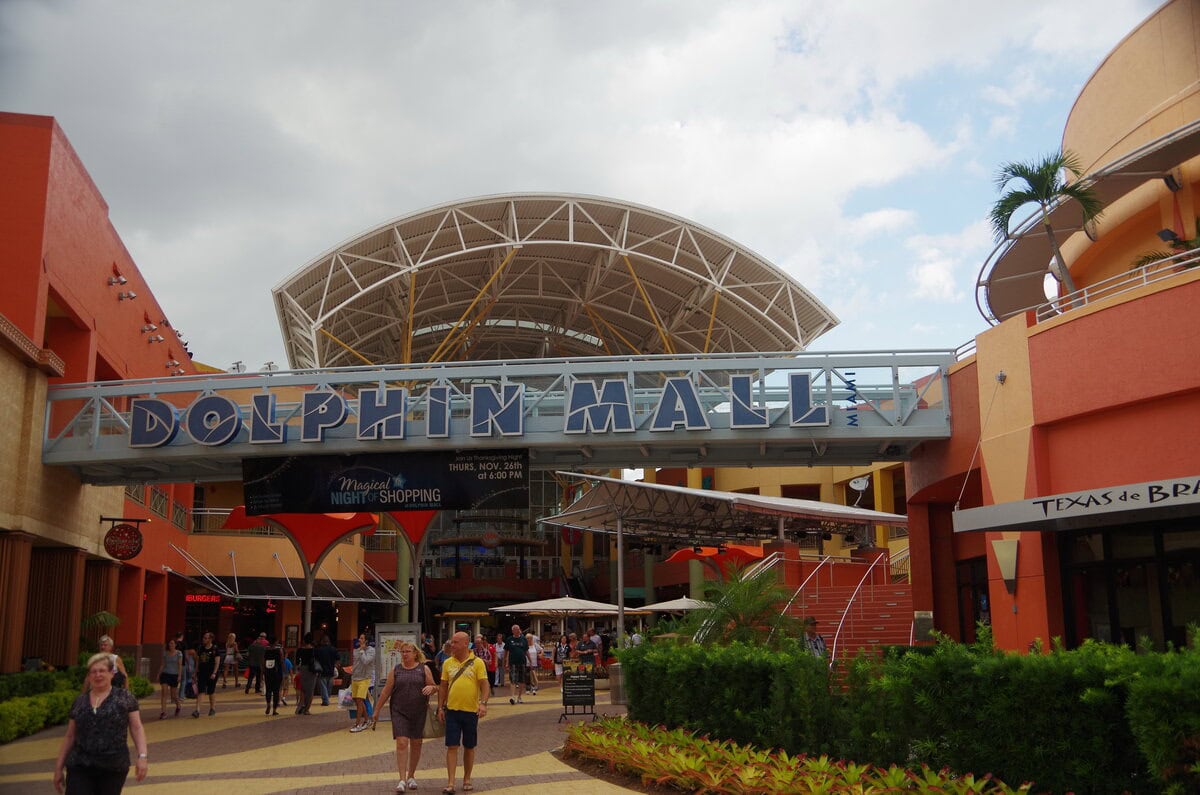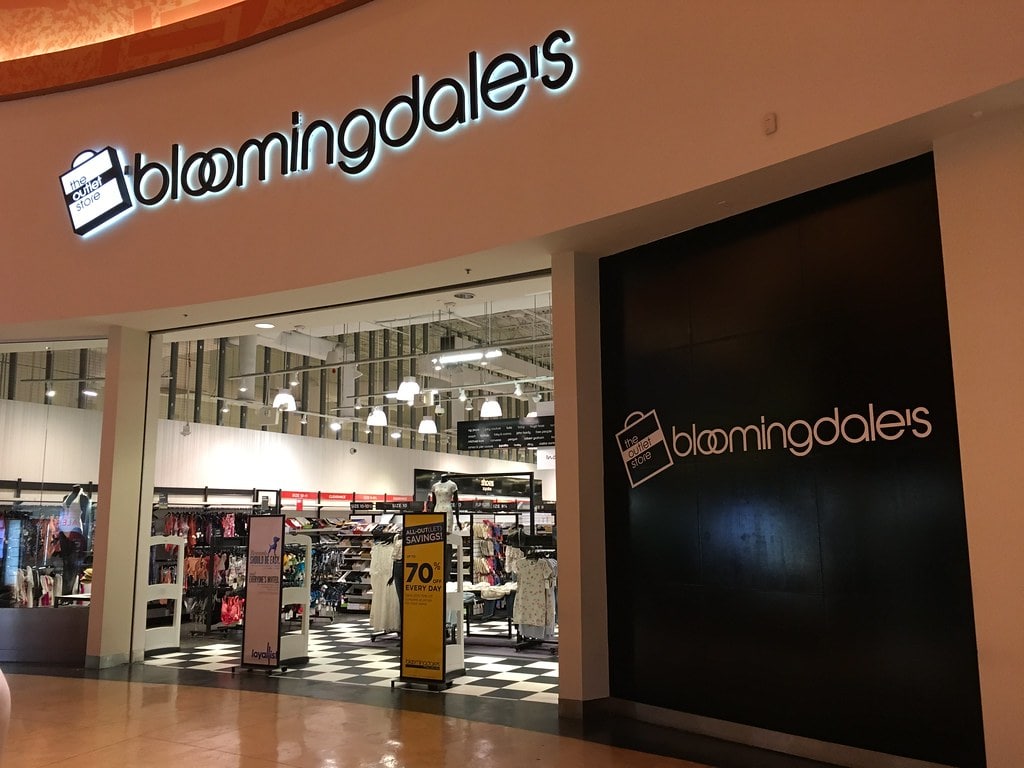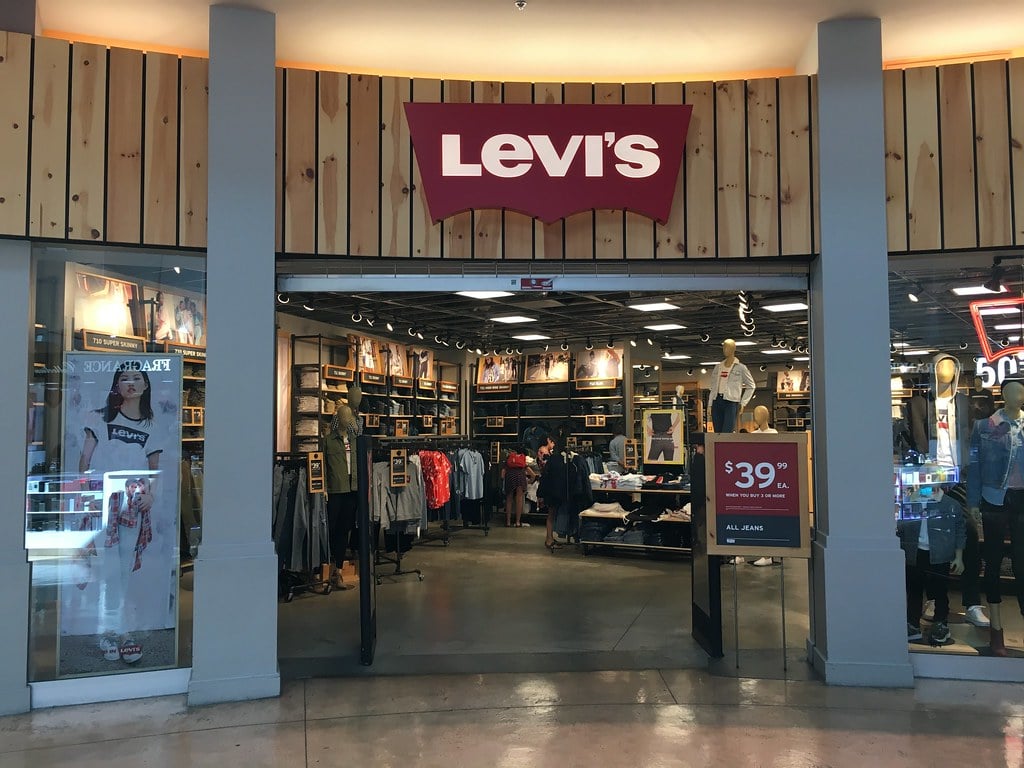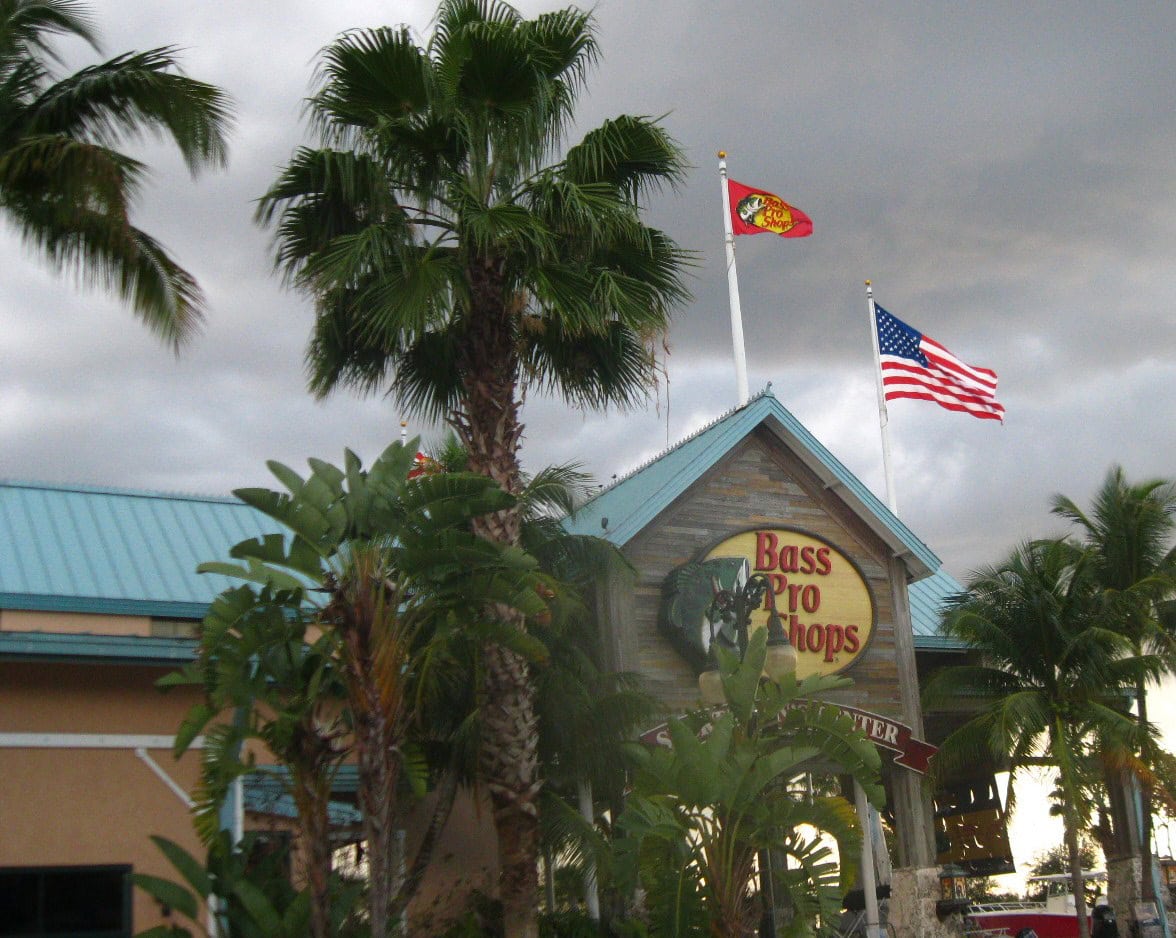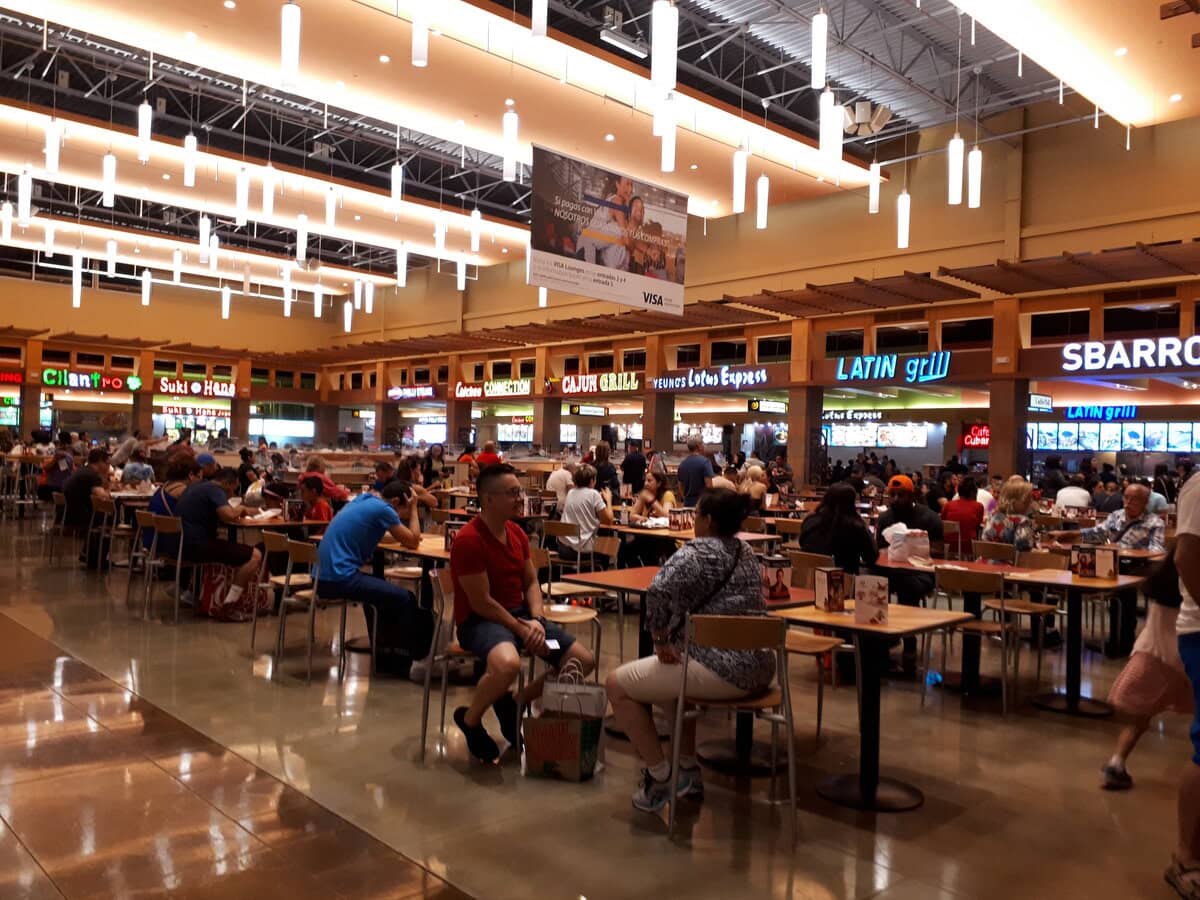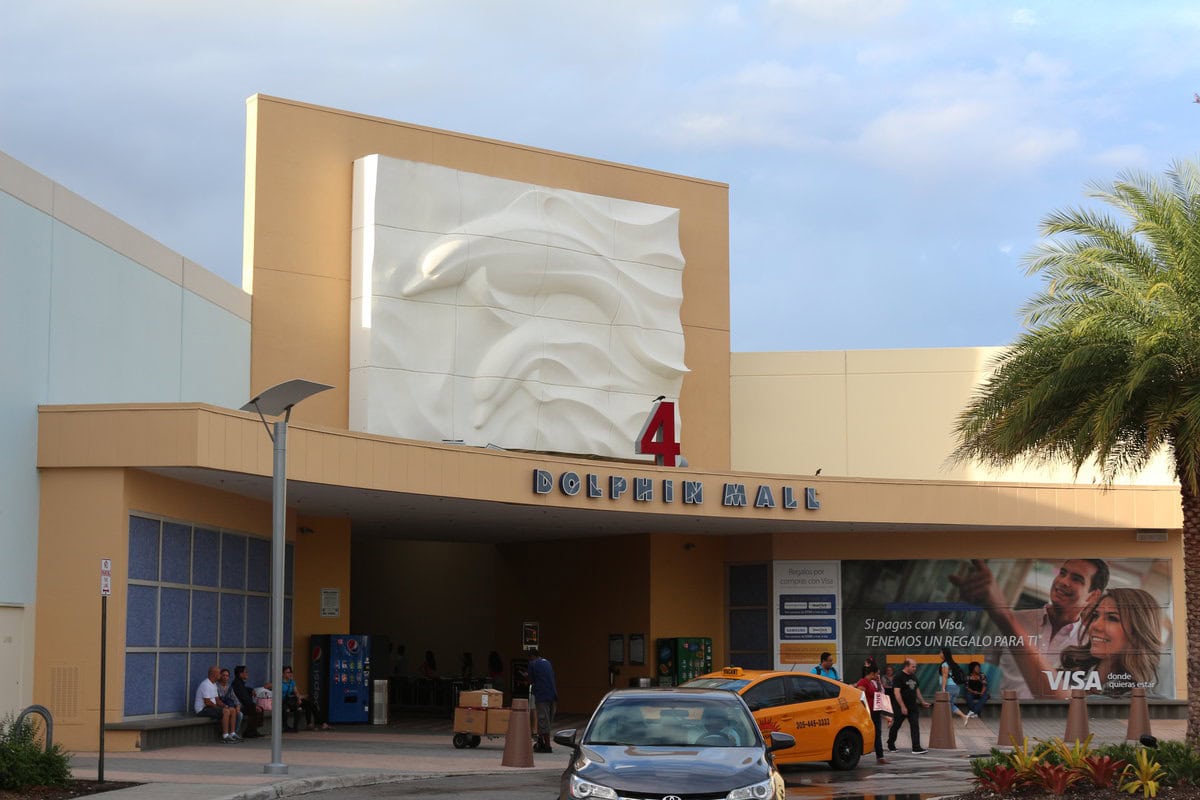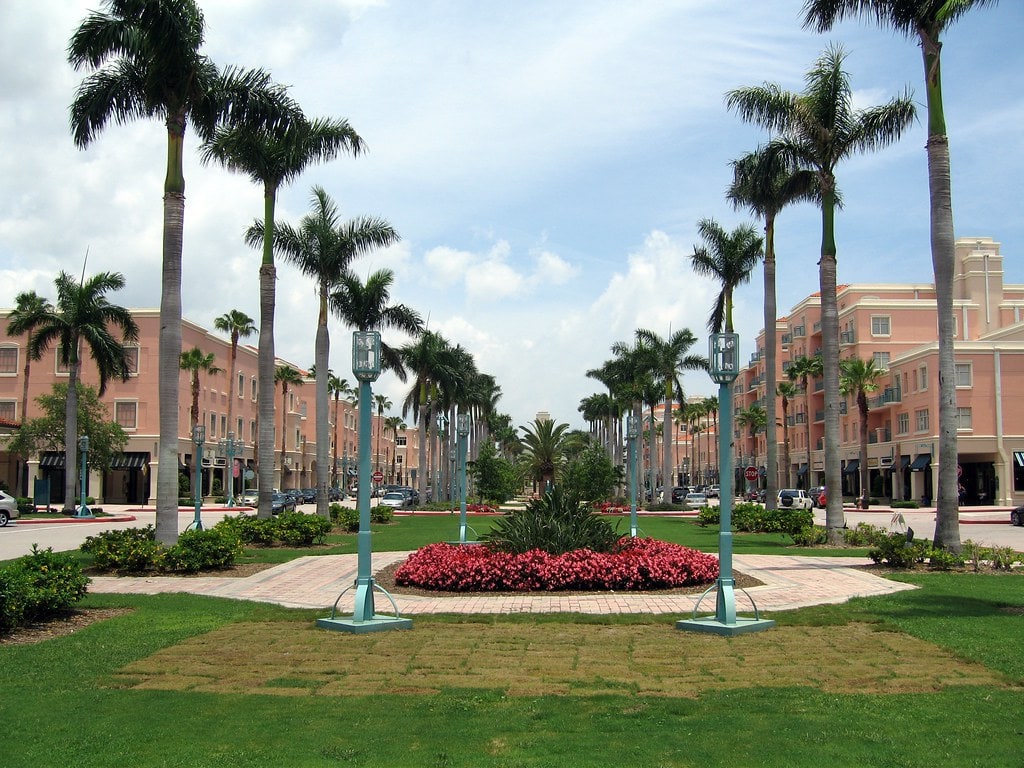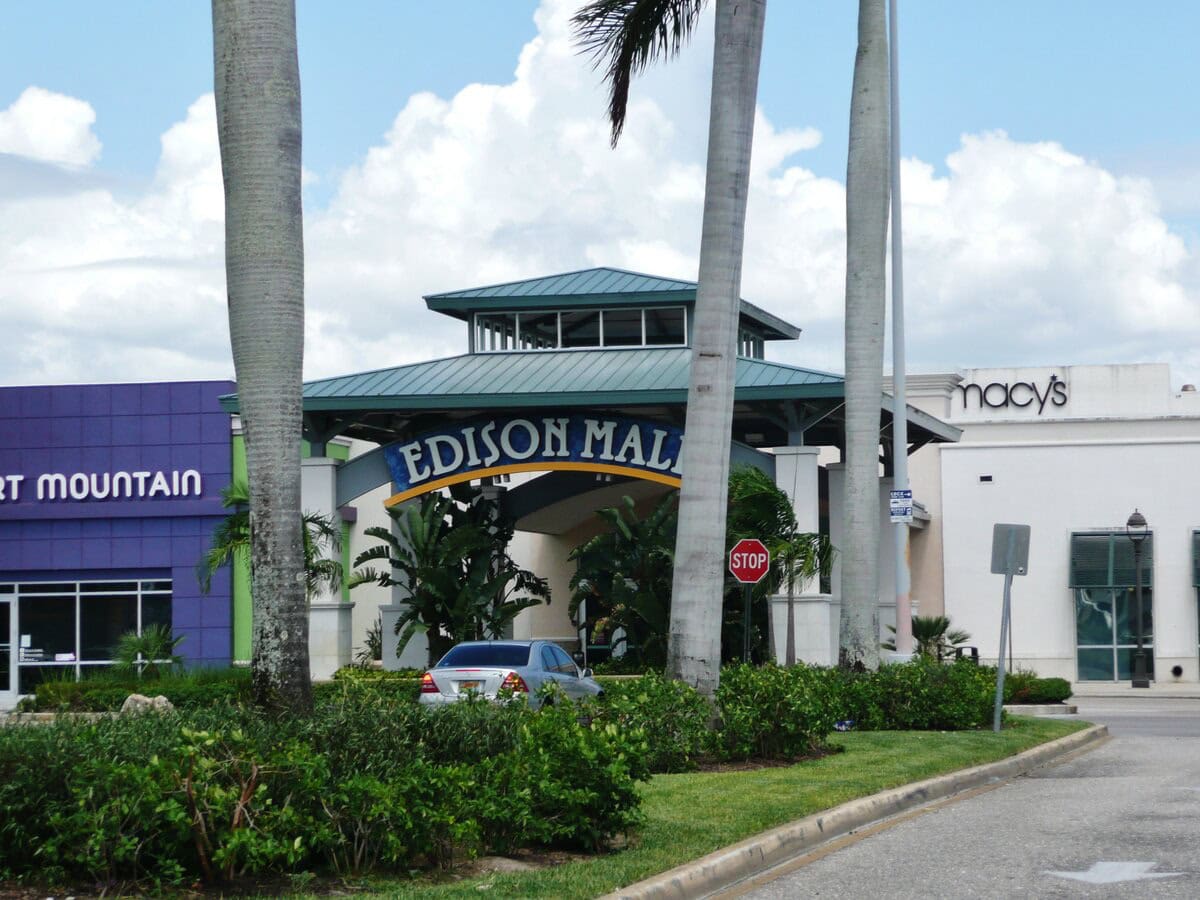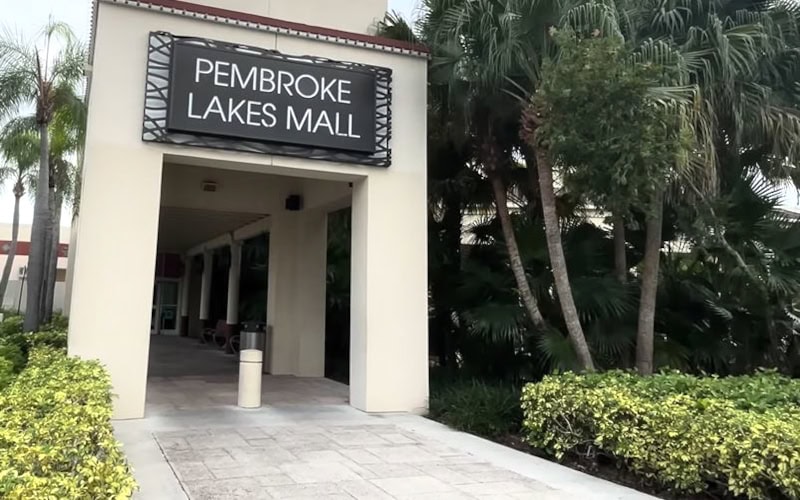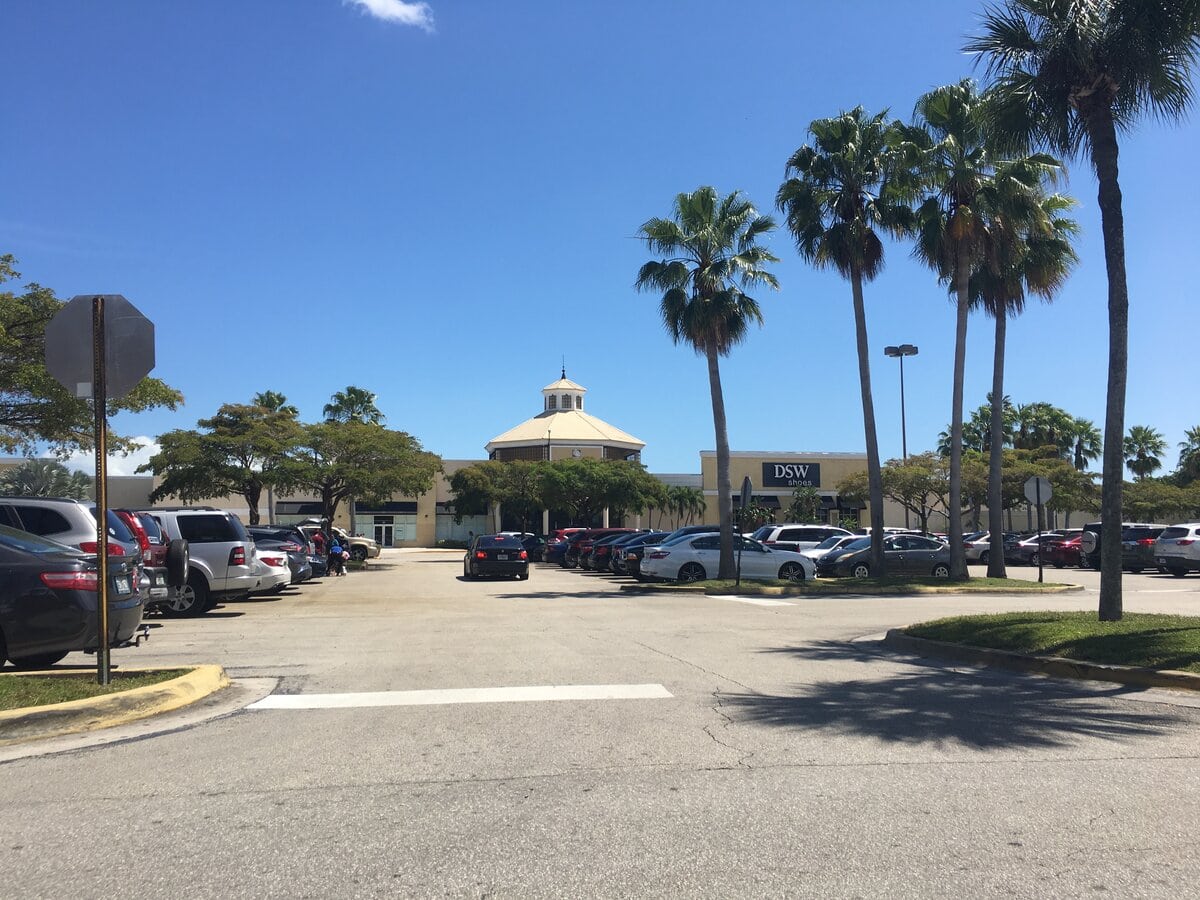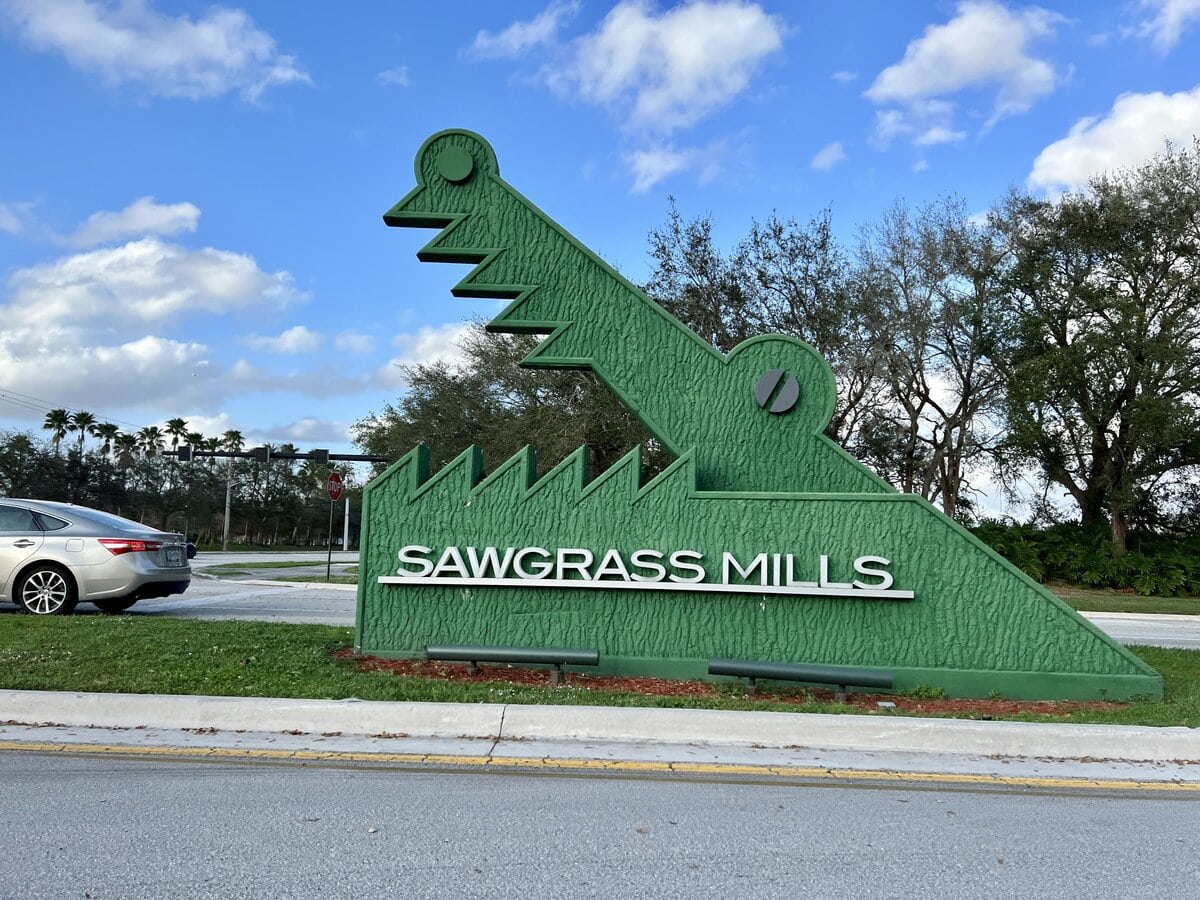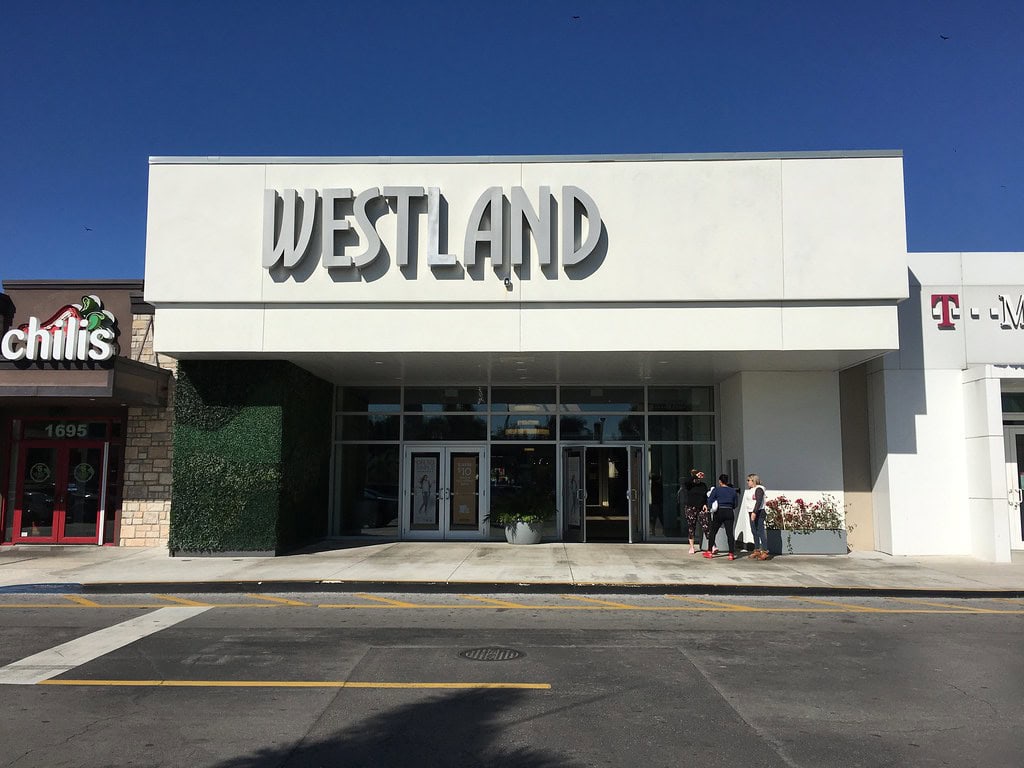Origins of a Retail Landmark
In March 1997, Swerdlow Real Estate announced plans for Dolphin Mall, a 1.4 million square foot project near Florida's Turnpike and SR-836.
Developers described it as a large outlet shopping mall designed to compete with Sawgrass Mills in Sunrise, with groundbreaking beginning in June 1998.
The Beame Architectural Partnership drew up designs for 120 acres of space, 7,800 free parking spots, and a construction budget of $290 million.
The project came together with a focus on tourism and the international market, especially travelers from Latin America arriving through Miami International Airport.
Plans included Spanish-speaking employees, themed décor across three wings called Ramblas, Playa, and Moda, and luggage storage for visitors between flights.
A shuttle bus was offered to move passengers from the terminals directly to the property.
In 1999, Swerdlow joined with Taubman Centers of Bloomfield Hills, Michigan, forming a joint venture to manage the scale of construction and leasing.
Early tenant commitments included Burlington Coat Factory, Off 5th, Marshalls, Oshman's Sporting Goods, Dave & Buster's, and a movie theater.
The development highlighted how developers were willing to tie outlet retail with regional transport and global travel, placing the mall within the conversation of things to do in Miami, FL.
A Grand Opening with Stumbles
Dolphin Mall officially opened on March 1, 2001, with a street parade, live jazz, and giveaways for thousands of early visitors.
Promotions included drawings for shopping sprees at individual retailers and inside the mall itself, along with two piñatas filled with numbered coins that could be exchanged for prizes.
The celebration was large, but the project was still unfinished.
When shoppers stepped inside, they found several promised features missing.
The food court and the movie theater had not yet opened, and many tenants were still preparing their spaces.
Stores like Burlington Coat Factory, Marshalls, Old Navy, Linens 'n Things, and FYE were operating, but gaps in the lineup left a quieter impression than expected.
Taubman Centers had to raise its construction budget to handle issues such as roofing and sprinkler systems before more retailers could join.
By mid-2001, traffic improved once the theater began showing films, and momentum carried into the year as Victoria's Secret, Borders Books & Music, TGI Fridays, and Limited Too signed on.
The transition ended in October 2002 when Taubman purchased Swerdlow Real Estate's remaining share, giving the Michigan-based company full control of Dolphin Mall.
Expansion and Diversification
In 2005, Taubman Centers introduced a plan to expand Dolphin Mall and add more depth to its lineup.
The development included Bass Pro Shops, which opened as a new anchor and drew visitors looking for outdoor and sporting goods.
A Courtyard by Marriott hotel was also built alongside the mall.
By 2007, the project was complete, paired with condominium construction in the surrounding area that underscored how the mall was shaping nearby real estate.
Change continued in 2010 when Bloomingdale's selected Dolphin Mall for one of its first outlet locations, a move that brought a new layer of retail variety.
By 2011, the property ranked among the top 20 performing malls in the country according to Taubman's reports, a performance tied to steady tourism and a strategy that leaned toward accessible, mid-priced tenants.
Another addition was announced in 2013: IKEA planned to open its second South Florida store next to the mall.
Each development in this stretch widened the mall's reach, with new stores, hotels, and residential projects building around it, turning Dolphin Mall into more than a shopping stop.
Reinvention for a Global Shopper Base
Dolphin Mall entered a new phase in 2014 with the completion of a parking garage and the opening of five restaurants near its main entrance.
The changes eased congestion and extended the time visitors could spend on the property by pairing dining and retail in a single trip.
Research that same year showed the mall was drawing large numbers of Colombian and Brazilian tourists, many of whom sought outlet prices that undercut what they were used to paying at home.
Technology soon became part of the strategy.
In 2016, Dolphin Mall rolled out a smartphone app designed to map routes through the property and highlight store promotions.
That year also saw the exit of Sports Authority, which had taken over Oshman's Sporting Goods before closing its doors nationwide, leaving its space back in Taubman Centers' hands.
When the COVID-19 pandemic reached Miami-Dade, the mall shut down for a period before reopening under stricter rules.
Children's play areas remained off-limits, and enhanced cleaning routines shaped how visitors experienced the space.
Each measure reflected how the mall adjusted to changing conditions while continuing to serve both local shoppers and international travelers.
Disruptions and Risks in a Busy Public Space
On the afternoon of September 30, 2024, a car left the roadway outside Dolphin Mall.
It crossed into a pedestrian zone, smashing into a kiosk between The Cheesecake Factory and Texas de Brazil.
People who had been moving toward dinner stopped mid-step, some turning back as others crowded to see what had happened.
Security guards rushed in first, pushing onlookers away while sirens grew louder from the parking lot.
Within minutes, the wide concourse that usually carried strollers and shopping bags was blocked off with tape, its rhythm replaced by emergency crews pulling equipment across the tiles.
The kiosk stood bent and splintered, a reminder of how quickly the setting could shift.
Another scene played out in March 2025. Two shoplifters sprinted from a store and tore through the concourse, knocking past shoppers as they ran.
A Sweetwater police officer followed them outside, vaulting a fence before falling hard and fracturing his ankle.
He was taken for treatment while the suspects were caught nearby, but the image of uniforms chasing thieves across mall property stayed with those who saw it.
These episodes showed how accidents and crime could pause the flow of a place designed for leisure and steady sales.
The Mall's Role in Miami's Present
As of 2025, Dolphin Mall covers more than 1.4 million square feet and lists over 240 stores with 15 anchors.
Retailers like Bass Pro Shops, Burlington, Marshalls, Off 5th, and Ross Dress for Less fill its largest spaces, while Dave & Buster's and a CMX Cinemas supply steady entertainment.
Dining chains and smaller fashion outlets layer the property with options that continue to draw both families and travelers.
International tourism remains central.
Shoppers, often connecting through Miami International Airport, keep the concourse crowded with luggage carts and duty-free bags.
Shuttle services and transport links funnel them directly into the mall, where outlet prices remain a primary attraction.
At the same time, residents visit for familiar brands such as Old Navy, Nike, H&M, Skechers, Polo Ralph Lauren and Victoria's Secret, alongside the restaurants.
The landscape around Dolphin Mall is changing as well.
Its tie to the East–West SMART transit corridor places the mall in the middle of a district where shopping is only part of a larger urban mix.
Building Upland Park Next Door
In late December 2024, Terra, a Miami-based development company, closed on a $170 million construction loan to finance the first phase of Upland Park.
The site sits beside the Dolphin Park-and-Ride terminal, within view of Dolphin Mall's glass facades and parking lots.
Plans call for a billion-dollar build-out that will add apartments, shops, offices, and a charter school, shaping the ground around a property that for two decades has been known mostly for retail.
Phase one of Upland Park includes over 570 residential units spread across new mid-rise buildings.
Later phases are mapped to bring the total to more than 1,700 apartments, supported by 140,000 square feet of retail and 427,000 square feet of office and commercial space.
Architecture firms PPK Architects, Arquitectonica, and Plusurbia Design were listed as contributors to the project.
When officials announced a January 7, 2025, groundbreaking, the connection to Miami-Dade's East–West SMART transit corridor was underlined, linking the new community to planned rapid transit routes.
By January 2025, details described Upland Park as a self-contained community with a supermarket, hotel, and offices joining the residential mix.
Its scale suggested that the land around Dolphin Mall was shifting from a shopping-only destination into a wider urban hub.

